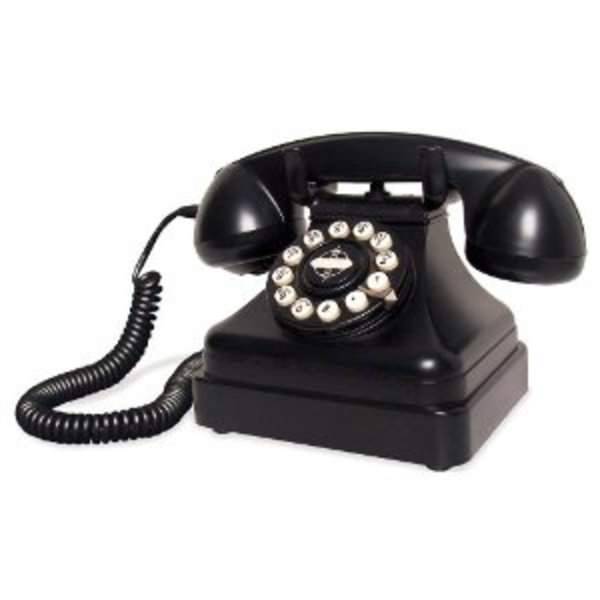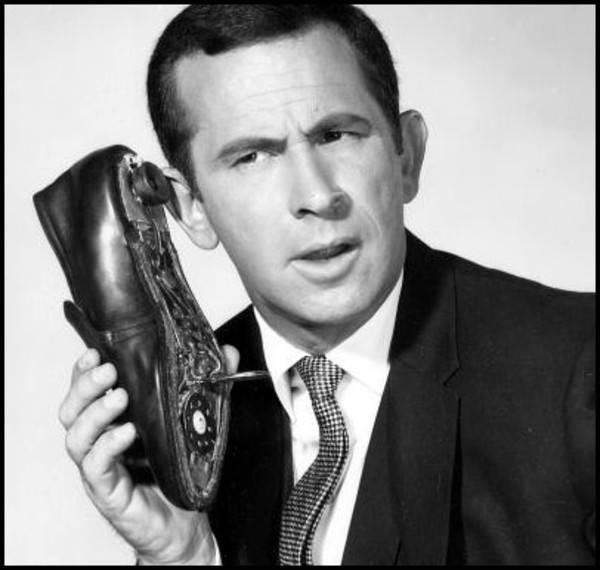Many of us remember when the new fangled fax machine was first called a telecopier and was going to revolutionize office communications. How far we have come since then. But with all the various waves of tech to revolutionize our offices, I think we have almost come full circle back to the lonely telephone. (You can still buy one at Amazon, of course.)

When email first became a part of my corporate life, many bemoaned the death of the hierarchal organization. The notion, back in the late 1980s and early 1990s, went like this: since anyone can email his or her boss, there was a flattening of the corporate structure. We could send memos up the corporate food chain at will, and this took some of the authority from our direct managers as well as the nature of reporting relationships. But there was a benefit: No more phone tag. People sitting next to each other in the same office would rather email each other than pick up the phone. Those that got really good at email would set up email listservs, one-to-many conversations.

One big change in the email era was that the notion of an administrative assistant, or a departmental secretary, became rarer. Workers typed their own reports, and filed their own correspondence in their electronic inboxes. I don’t think I have been in an organization with any secretaries for more than 20 years.
Before email there was this thing first called a telecopier that would take six minutes to send a page of text. That was going to remove the spatial dimension and allow work teams to be located around the world. Well the fax machine did help, but it wasn’t until IM became popular for business use that we could instantly get in touch. Email wasn’t fast enough. And, by the way, even less phone tag, since you can just message someone.
Enter the fax machine and IM

I saw folks IM each other that were sitting three cubes away. Those that got really good at IM would do group chat discussions, many-to-many conversations. Those organizations that got really, really good at IM would hire people anywhere, it didn’t matter where, because they were instantly part of the hive mind. You just needed an enlightened boss who could feel comfortable about managing remote staffers.
But email, fax, and IM seem so last year. Now we are in the social networking era. That extended the notion of who is your colleague, because now you have insight into the social graph of a company. With just a few keystrokes, we can find the resident expert in Middle Eastern business, or who knows how this plastic part is fabricated, or where to go to get this analysis run, or who can help me with fixing my PowerPoint slides. And even less phone tag, since we don’t talk anymore on our phones to anyone. I had a discussion on our text chat line earlier this week where we made fun of PR folks that actually had the nerve to call us. In real time. On the telephone.

Return of the phone
But this brings me to my point: we have eliminated so much telephone time that now when someone does dial us (and the verb is still used despite the fact that phones haven’t had dials for some time), it becomes singular and noteworthy.
Well, organizations have become flatter, and certainly some have become more innovative and inclusive in their decision-making. But the hard part is not to be flat, but to be effective, no matter what the structure. Here is the thing: as companies succeed, they need to have more middle managers. As a manager, you can’t have 30 direct reports if you plan on spending time with each one. So you have to set up some structure, no matter whether you use email, Facebook or carrier pigeon. Even our most hyper-communicative companies like Microsoft and Google have lots of middle managers today.

So we have almost come full circle, back to the phone. When it rings it is either a PR person trying to follow up on an earlier email (bad) or someone really important, who wants to jump ahead of my email inbox, my unread Facebook feeds, and my latest tweets. Sigh.










